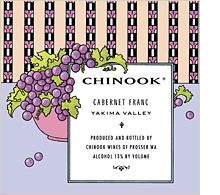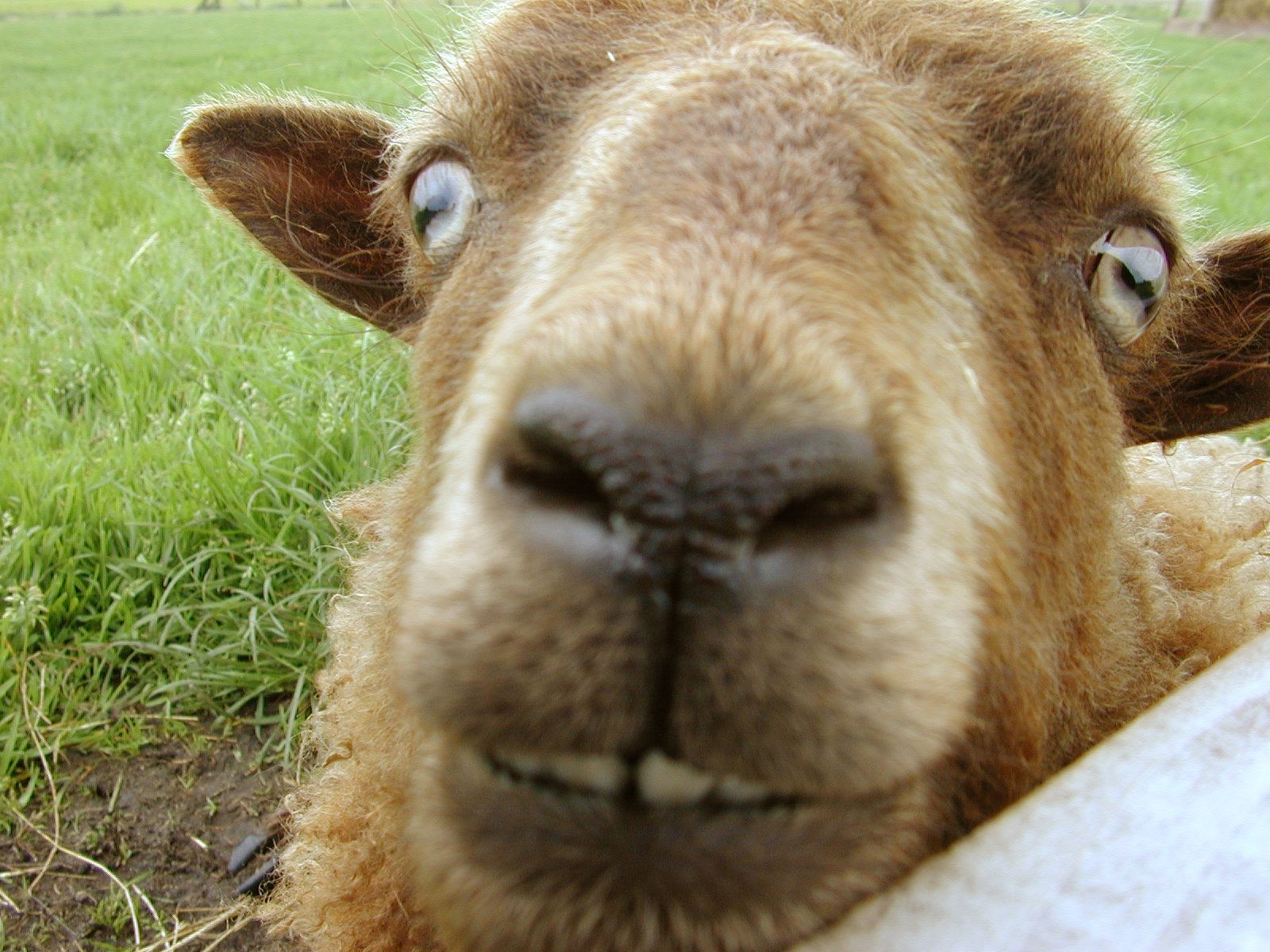Spring is here! The peach tree in my
front yard is blossoming and fiddleheads and nettles are sprouting.
I can't help thinking about the fresh goat's milk cheeses that will soon be ready and I'm obsessed with being out on my deck, sitting in the sunshine and enjoying a nice goat cheese snack.
Cows have been domesticated to the
point that they will provide milk all through the year, but small
scale goat milk production is still fairly tied to the seasons.
 Most French goat cheese is made in the
Loire (Lew wahr) Valley. Goats were introduced there in the
late middle ages (1300 – 1500) by people of Arab
decent who first settled in Spain before migrating into France.
Most French goat cheese is made in the
Loire (Lew wahr) Valley. Goats were introduced there in the
late middle ages (1300 – 1500) by people of Arab
decent who first settled in Spain before migrating into France.
Why is goat cheese called Chèvre?
Chèvre (SHEV-ruh) is French for “goat”, but
the term is used to refer generically to a wide variety of cheeses
made with goat milk. Chèvre looks different from other cheeses because it is bright white. Chèvre is bright white because goat's milk lacks betacarotene.
Unrelated to cheese, goat's eyes have rectangular pupils, which I find a little freaky.
Chèvre comes in a wide variety of
forms, and often the name of the cheese refers to it's shape.
Here are some classic French chèvres, each one deserving of a future article of it's own:
- Selles-sur-cher (SELL sir SHAIR) is a palm-sized hockey puck coated in edible vegetable ash.
- Valencay (VAL awn SAY) is a truncated pyramid.
- Sainte-Maure de Touraine (SAINT MORE duh ter RAN) is a log shape with a piece of straw running through the middle to support the cheese.
- Crottin de Chavignol (crow TAN duh shah veen YOLE) is a tasty little tiny nugget of cheese. Image a $3 stack of quarters.
Perhaps the most ubiquitous goat cheese
in America is the chèvre log.
Despite being mass produced and vaccum sealed in plastic, it's a good introduction to goat cheese, which tastes citrusy, flinty,
grassy, and bright. Chèvre has the texture of damp earth or clay.
 Laura Chenel
pioneered commercial production of goat cheese in America when she
began providing chevre for the groundbreaking restaurant Chez
Panisse in the late 1970s.
Laura Chenel
pioneered commercial production of goat cheese in America when she
began providing chevre for the groundbreaking restaurant Chez
Panisse in the late 1970s.
Laura Chenel no longer owns the company, but the chèvre bearing her name is very high quality.

You can find Laura Chenel's Chèvre at major grocery stores. Laura Chenel's Chèvre is also sold at Trader Joe's under the Trader Joe's label.

You can find Laura Chenel's Chèvre at major grocery stores. Laura Chenel's Chèvre is also sold at Trader Joe's under the Trader Joe's label.
When you open your chèvre log, you could easily attack it with a butter knife or crumble it with your hands, or you could opt for a prettier presentation:
Now you can make cute little rounds of chèvre to go on a salad or a crostini. You could cut the log into 1”
to 2” sections and roll the mini-logs in herbs or edible flowers.
This works great on a cheese plate.
Rosemary flowers are nice - the leaves
are a little too chewy. Dandelions are also flowering now - just make sure that they haven't been sprayed
with weed killer or lawn fertilizer.
What could we drink with Chèvre?
Sancerre is a white wine that also has these
qualities. It is no coincidence that Sancerre also comes from
France's Loire valley. Chèvre and Sancerre is a classic food and wine pairing.
Sancerre is a French wine made from the
Sauvignon Blanc grape, so you could pair goat cheese with a wine that is
labeled “Sauvingnon Blanc” as well.
Sauvignon Blanc produced in Washington, California, New Zealand, or
Chile is fairly easy to find.
Buty Winery makes a good domestic version.
Try pairing chèvre with Vouvray, which is a French white wine made from the Chenin Blanc grape. This wine is made in a variety of styles, from sparkling to dry to sweet, so consult your wine steward.
 If you prefer a red wine, Cabernet
Franc is a good choice to pair with chèvre. In France, Cabernet Franc is named for the region where the wine is made. Look for Chinon (she nohn) or Bourgueil (bor guhy).
If you prefer a red wine, Cabernet
Franc is a good choice to pair with chèvre. In France, Cabernet Franc is named for the region where the wine is made. Look for Chinon (she nohn) or Bourgueil (bor guhy).
In the US, Cab Franc is called Cab
Franc. Chinook Winery makes a nice one.
Chèvre pairs wonderfully with cider and beer too.
 The effervescence of cider works well
with chèvre, and a semi-sweet cider adds a nice counterpoint to the
tanginess of the cheese.
The effervescence of cider works well
with chèvre, and a semi-sweet cider adds a nice counterpoint to the
tanginess of the cheese. American hop varieties provide citrus
notes that mirror those in the cheese, so look for American style
hefeweizens (wheat beers) that should be hitting the shelves in the late spring / early summer.
American hop varieties provide citrus
notes that mirror those in the cheese, so look for American style
hefeweizens (wheat beers) that should be hitting the shelves in the late spring / early summer.



Thanks for all the great pairings and the cheese-cutting ideas. This is very useful information! And you're right, the goat-eye thing is a little freaky.
ReplyDelete